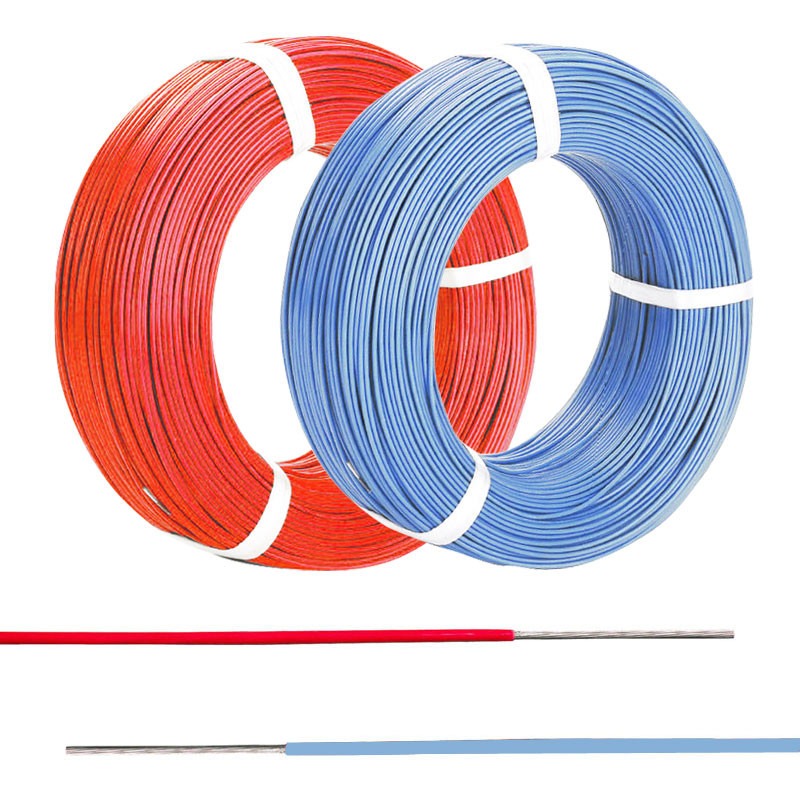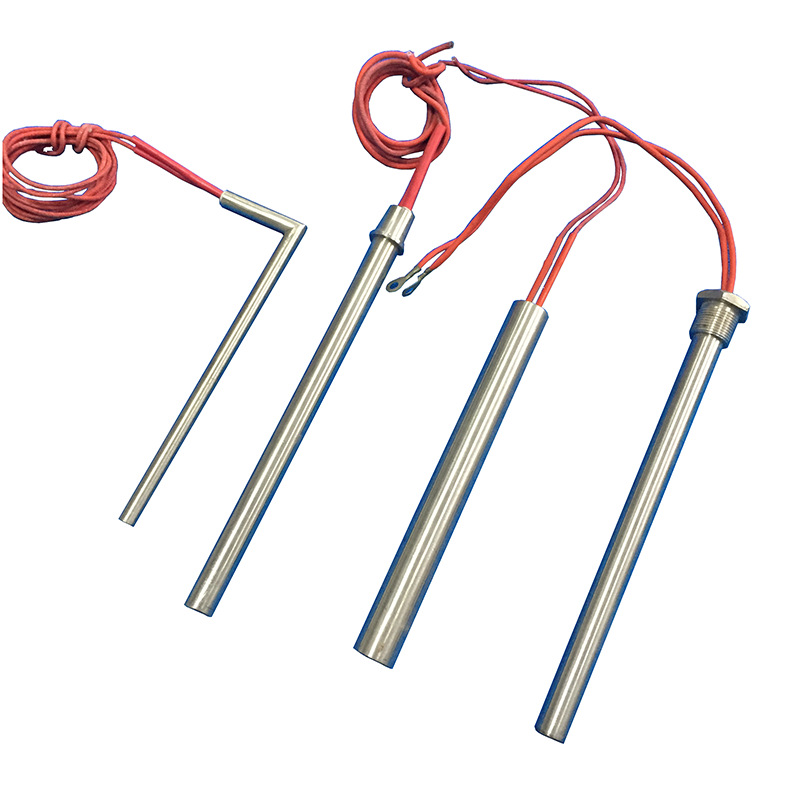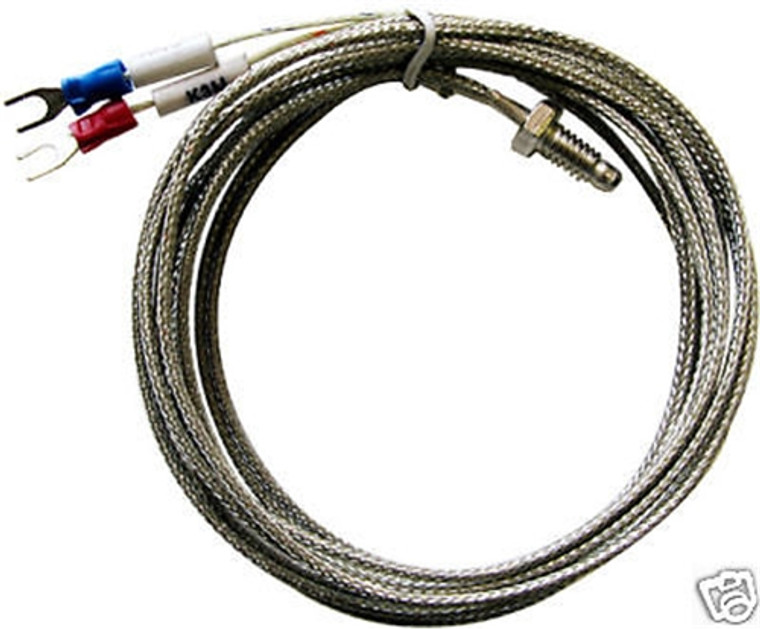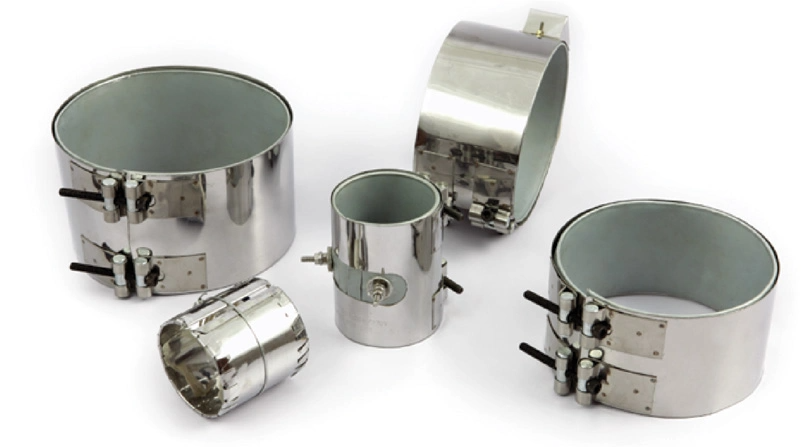The ceramic heating pad isn’t just another heating element, it’s engineered for precision. Designed to deliver uniform, high-temperature heat in industrial and laboratory environments, this heating solution is trusted for its efficiency and stability under extreme conditions.
Let’s break down what makes the ceramic heating pad essential across several industries.
What is a Ceramic Pad Heating Element?
A ceramic heating pad is a flexible, high-temperature heating element made from interlocking ceramic beads. These beads surround resistance wires—typically made from nickel-chromium alloys that generate heat when electric current passes through.
The entire structure is rugged, bendable, and capable of withstanding temperatures up to 2050°F (1120°C).
This design makes it suitable for heating curved surfaces, cylindrical components, and hard-to-reach areas.
How It Works
At the core of a ceramic heating pad is resistive heating. When power flows through the wire, the resistance converts electrical energy into thermal energy. The ceramic beads conduct this heat and provide insulation, ensuring efficient and uniform distribution.
This mechanism makes it ideal for applications like:
- Preheating metal before welding
- Stress-relieving welded joints
- Post-weld heat treatment (PWHT)
- Drying pipelines or tanks
Each pad can be tailored for different voltages, watt densities, and configurations based on the application.
Key Benefits of Ceramic Heating Pads
Here’s why engineers and technicians prefer ceramic heating pads over other industrial heating methods:
- Extreme heat tolerance: Withstand continuous heat up to 2050°F (1120°C)
- Uniform heat distribution: Prevents thermal stress and uneven expansion
- Flexibility: Easily conforms to complex or curved surfaces
- Durability: Designed for repeated industrial use in harsh environments
- Portability: Can be wrapped, clamped, or positioned as needed
- Modular design: Scalable for larger applications by combining multiple pads
Applications Across Industries
The demand for ceramic heating pad technology spans across sectors that require consistent and controllable heat:
1. Welding and Fabrication
- Preheating steel reduces the risk of cracking during welding
- Post-weld heat treatment (PWHT) reduces internal stresses
- Ideal for pipelines, pressure vessels, and structural steel
2. Petrochemical and Oil & Gas
- Pipe drying and tank heating during maintenance
- Ensures the right temperature for coatings and curing
3. Aerospace and Defense
- Heat treatment of aircraft components and critical joints
- Reduces the risk of material fatigue
4. Power Generation
- Used in turbine maintenance, boiler repairs, and pressure vessels
- Supports strict temperature requirements during stress relief
5. Shipbuilding and Marine
- Effective for heating hulls and piping systems
- Suitable for corrosive or moisture-heavy environments
Choosing the Right Ceramic Heating Pad
Selecting the appropriate ceramic heating pad depends on several key factors:
- Target temperature: Make sure the pad’s rating meets or exceeds your application’s thermal requirement.
- Watt density: Higher watt density gives quicker heat-up time but can stress certain materials.
- Pad dimensions: Must match the geometry of the surface for consistent heating.
- Voltage requirement: Pads are often custom-designed for 120V, 240V, or 480V systems.
- Control system compatibility: Use with a programmable controller for precision heating.
If these parameters are misaligned, the heating result will be uneven, and the material might not reach optimal treatment levels.
Advancements in 2024 Technology
Modern ceramic heating pads have evolved significantly in the past year. The latest versions include:
- Digital temperature control integration
- Improved insulation for higher energy efficiency
- Modular pads with quick-connect fittings
These enhancements minimize downtime and improve worker safety by eliminating the need for direct contact during temperature adjustments.
Maintenance and Safety Tips
To keep your ceramic heating pad functioning reliably:
- Inspect before each use: Check for broken ceramic beads or frayed wires.
- Store properly: Avoid kinks or tangling to preserve the resistance wire.
- Use approved controllers: Prevent overheating or electrical issues.
- Follow the correct temperature ramp-up procedures: Avoid thermal shock.
Final Thoughts
The ceramic heating pad is a powerful and reliable heating solution, built to perform under demanding conditions. Its ability to deliver uniform, high-temperature heat while adapting to complex surfaces makes it a cornerstone in industries that depend on precision and control. For engineers, fabricators, and industrial maintenance professionals, understanding how and when to apply this heating method is critical to project success.














